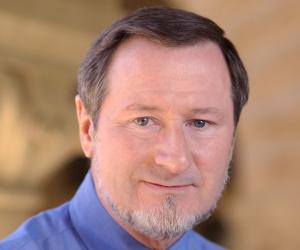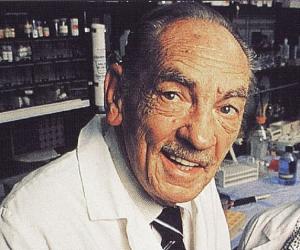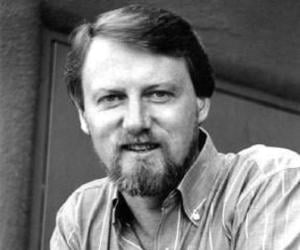

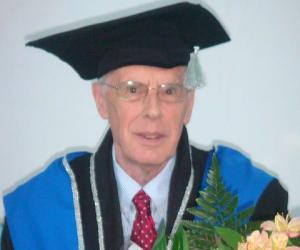
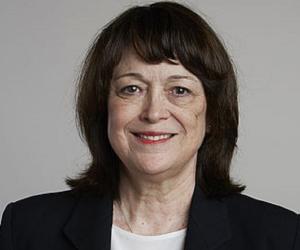
Linda B. Buck is an American biologist who received the 2004 Nobel Prize in Physiology or Medicine for her work on olfactory receptors; she shared the award with molecular biologist Richard Axel. An important and influential biologist, Linda has also won several other awards, such as the Takasago Award, Unilever Science Award, Lewis S. Rosenstiel Award, and R.H. Wright Award.
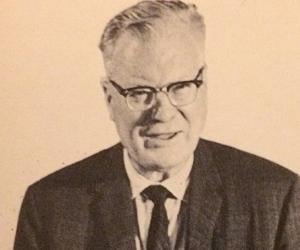
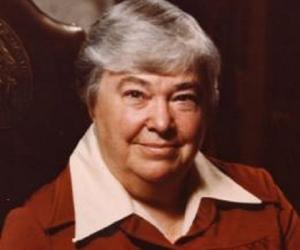
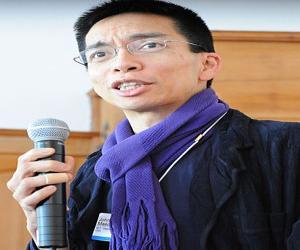
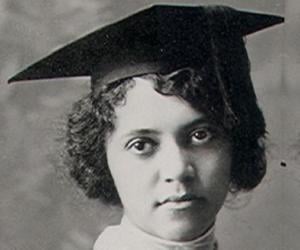
Alice Ball was an American chemist best remembered for developing the Ball Method, which became the most effective treatment for leprosy in the early 20th century. She was the first African American and first woman to work as a chemistry professor at the University of Hawaii. Alice Ball's contributions to science were recognized several years after her death.
George H. Hitchings was an American medical doctor best remembered for winning the Nobel Prize in Physiology or Medicine in 1988 along with Gertrude Elion and Sir James Black. While the group won the award for their discoveries of prominent principles for drug treatment, George H. Hitchings won it explicitly for his work on chemotherapy.
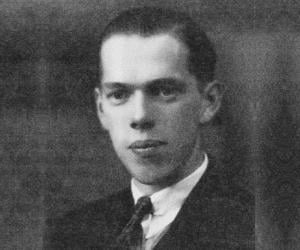
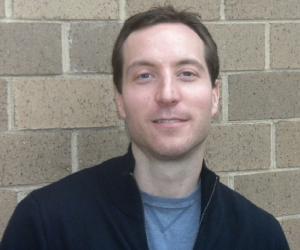
American astronomer Scott S. Sheppard is best-known for discovering several comets, moons, minor planets in the outer Solar System. Some of his most notable discoveries include possible dwarf planets like 2010 KZ39, 2010 FX86, 471143 Dziewanna and 2013 FY27; many small moons of Jupiter, Neptune, Uranus and Saturn; and the Neptune Trojans 2008 LC18, 385571 Otrera, and 2005 TN53 .


Apart from teaching at the University of Kansas, Raymond Cecil Moore also made pioneering developments in the study of Paleozoic Era invertebrate organisms. He also contributed to the Treatise on Invertebrate Paleontology and books such as Historical Geology. He was also well-versed in a number of languages.

